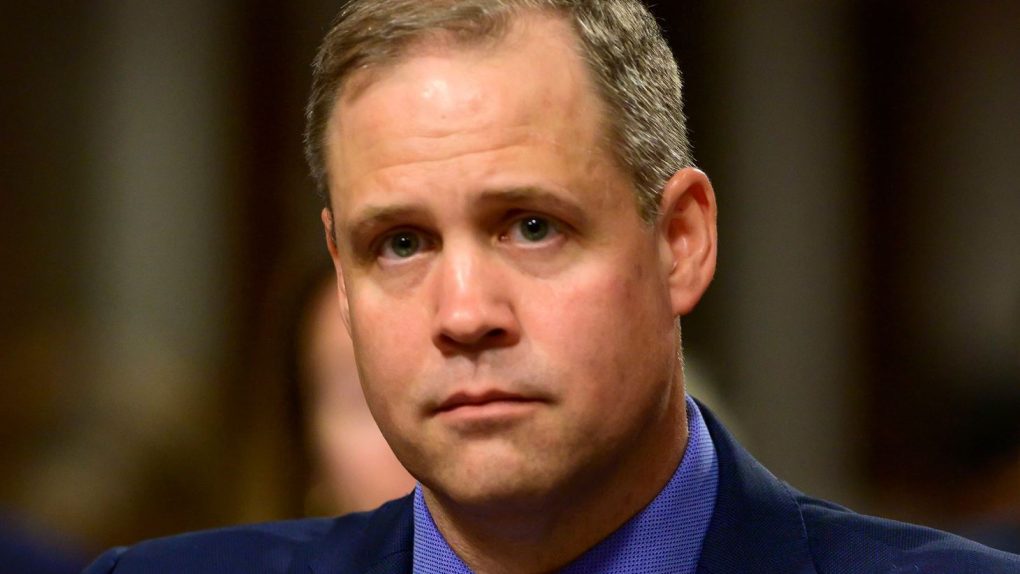NASA really, really wants to send astronauts to the Moon and eventually other planets, but it currently doesn’t have a rocket capable of such feats. The Space Launch System (SLS) is NASA’s solution, but the development of the rocket has taken far longer — and cost far more — than the agency ever planned.
NASA’s most recent estimates suggested that it was still hopeful that the SLS would see its first test flight sometime in 2020. That unmanned mission would be a big milestone, but now it appears as though the agency has shifted its expectations a bit, with 2021 now looking far more likely.
As Ars Technica reports, NASA administrator Jim Bridenstine recently spoke to the US Senate Committee on Commerce, Science, and Transportation, and the dates he mentioned for the first launch of the SLS are a year later than all previous best-guesses.
Bridenstine twice mentioned 2021 as being the date the agency is hoping that the Artemis-1 mission, the first SLS test launch, will take place. The administrator said 2021 was “definitely achievable,” but declined to hammer down anything more specific.
This is hardly the first time NASA has been forced to push back its SLS launch plans, and had the original timeline been possible we’d have already seen at least one SLS flight today. Delays have forced that schedule to change, and the expected first launch date was moved through 2019, and now 2020, to 2021.
These delays have also come at considerable financial expense to NASA, which now estimates that the program will cost billions of dollars more than originally expected. It’s worth noting that NASA is working with contractors including Boeing (which has failed to keep milestones for its Starliner spacecraft) and Northrop Grumman (which can’t seem to stop messing up the James Webb Space Telescope project) on the SLS program. I wonder why the SLS has been plagued with setbacks?








